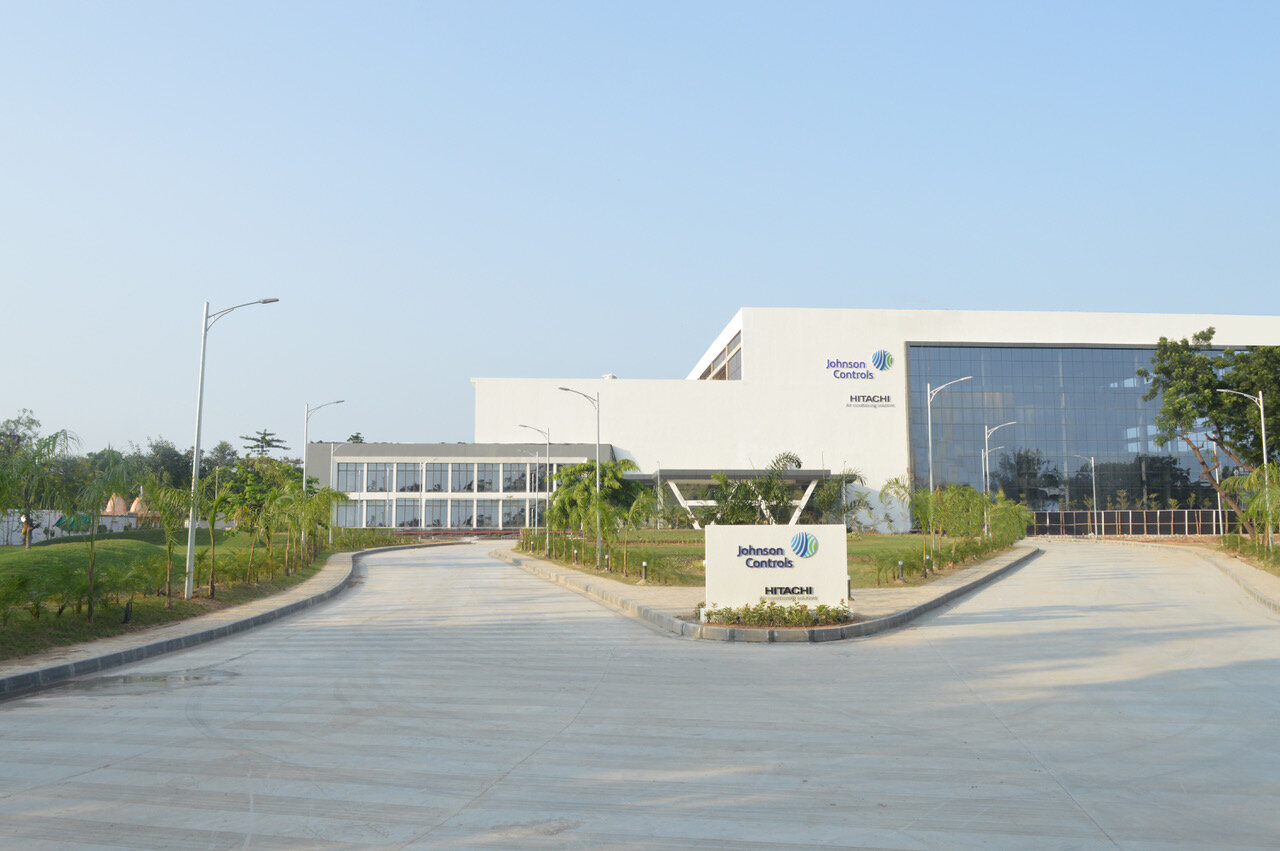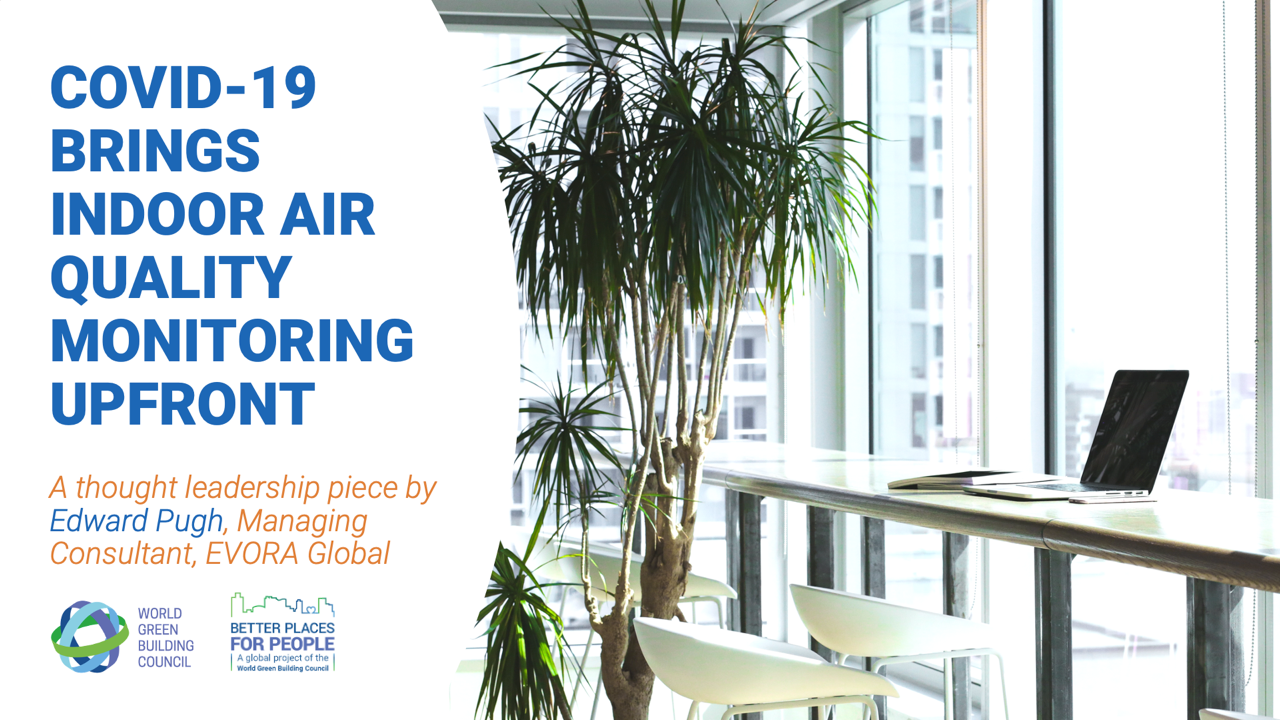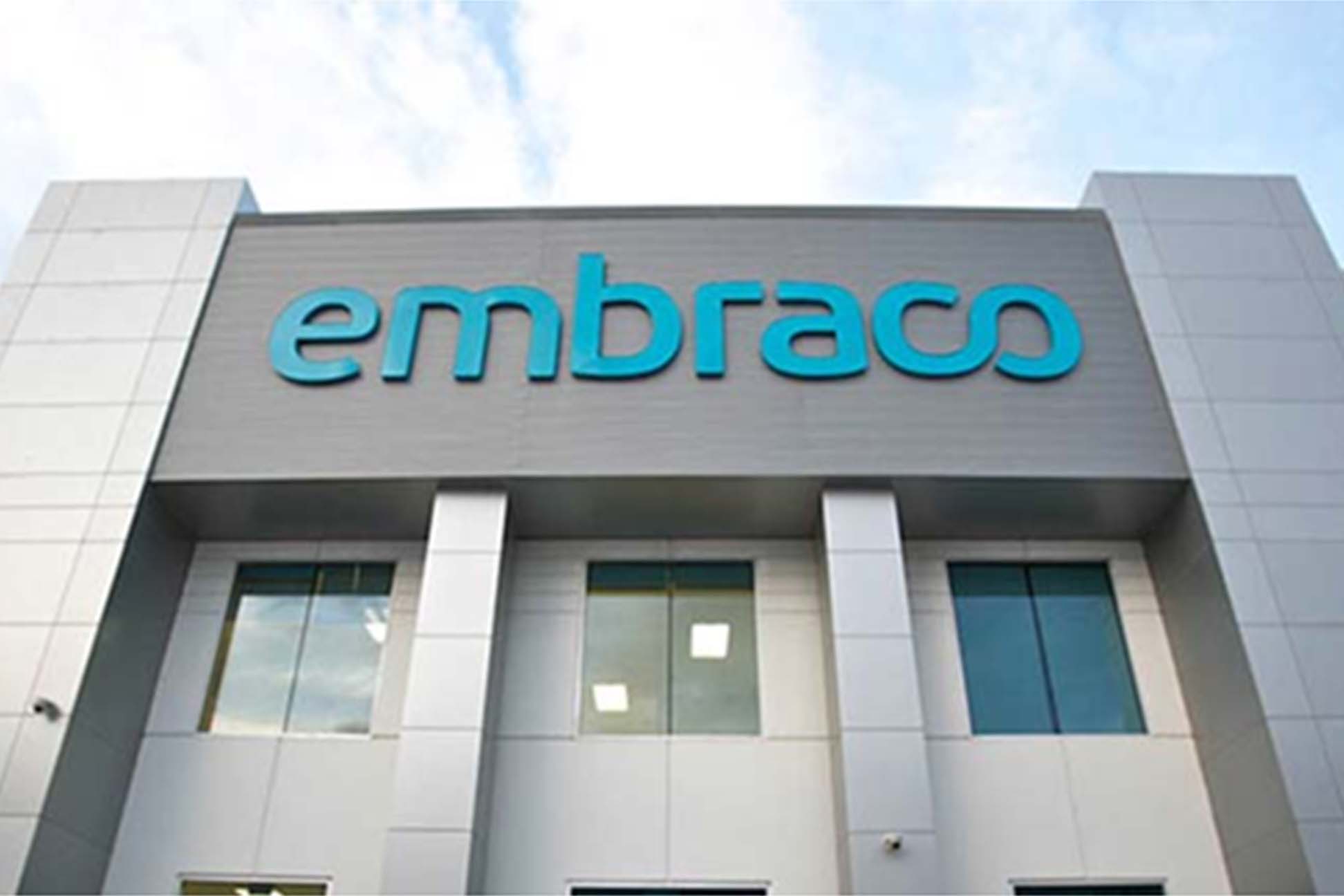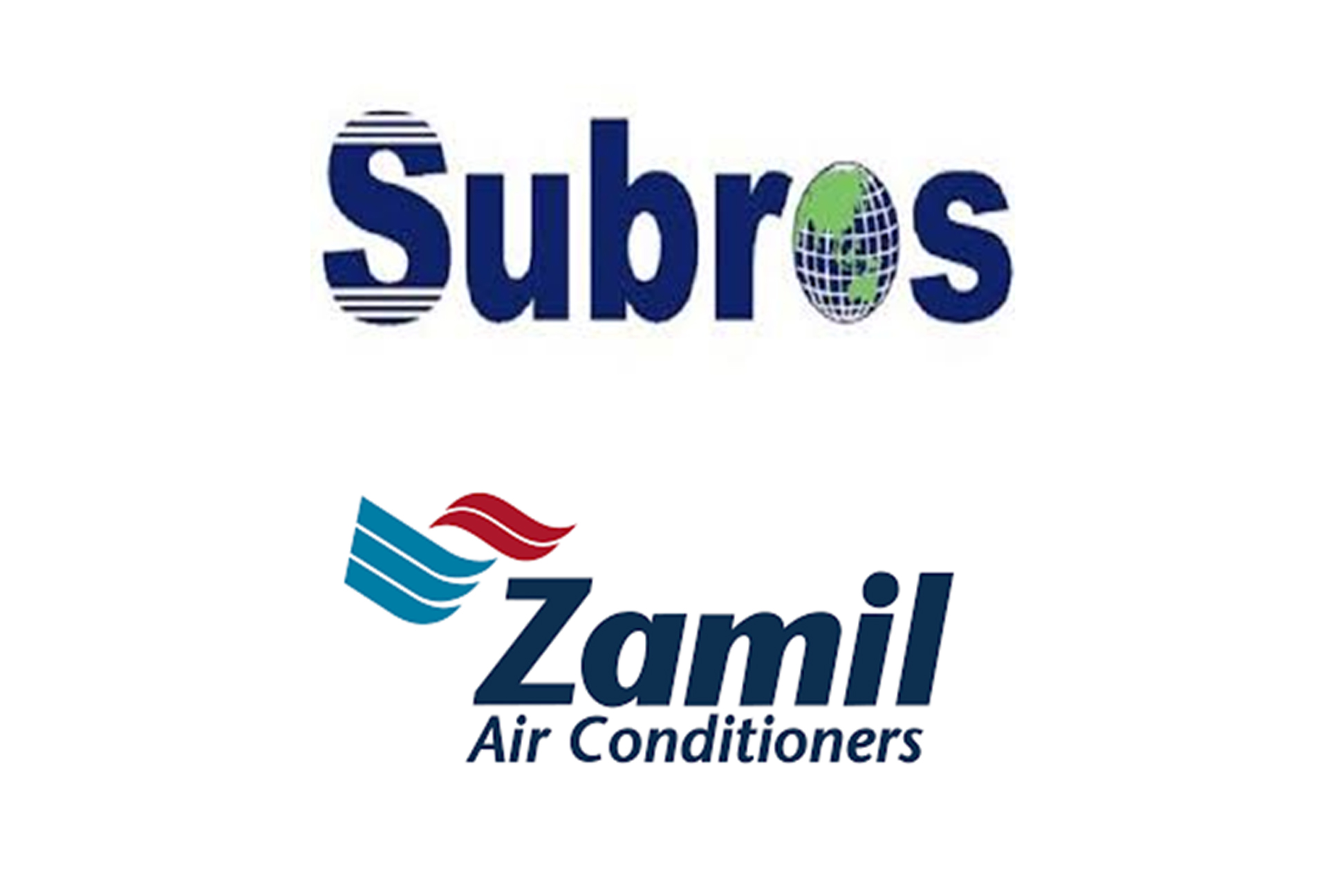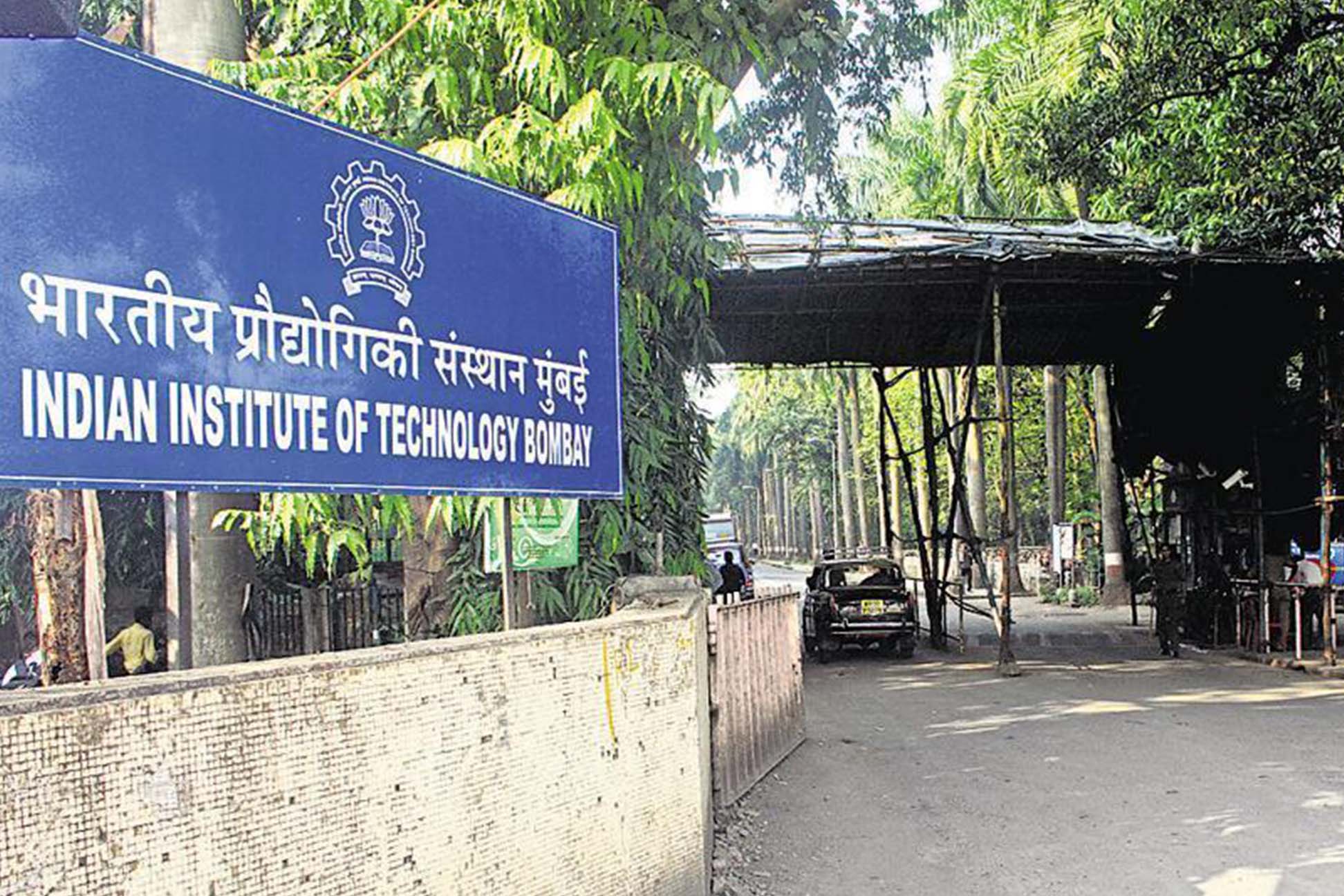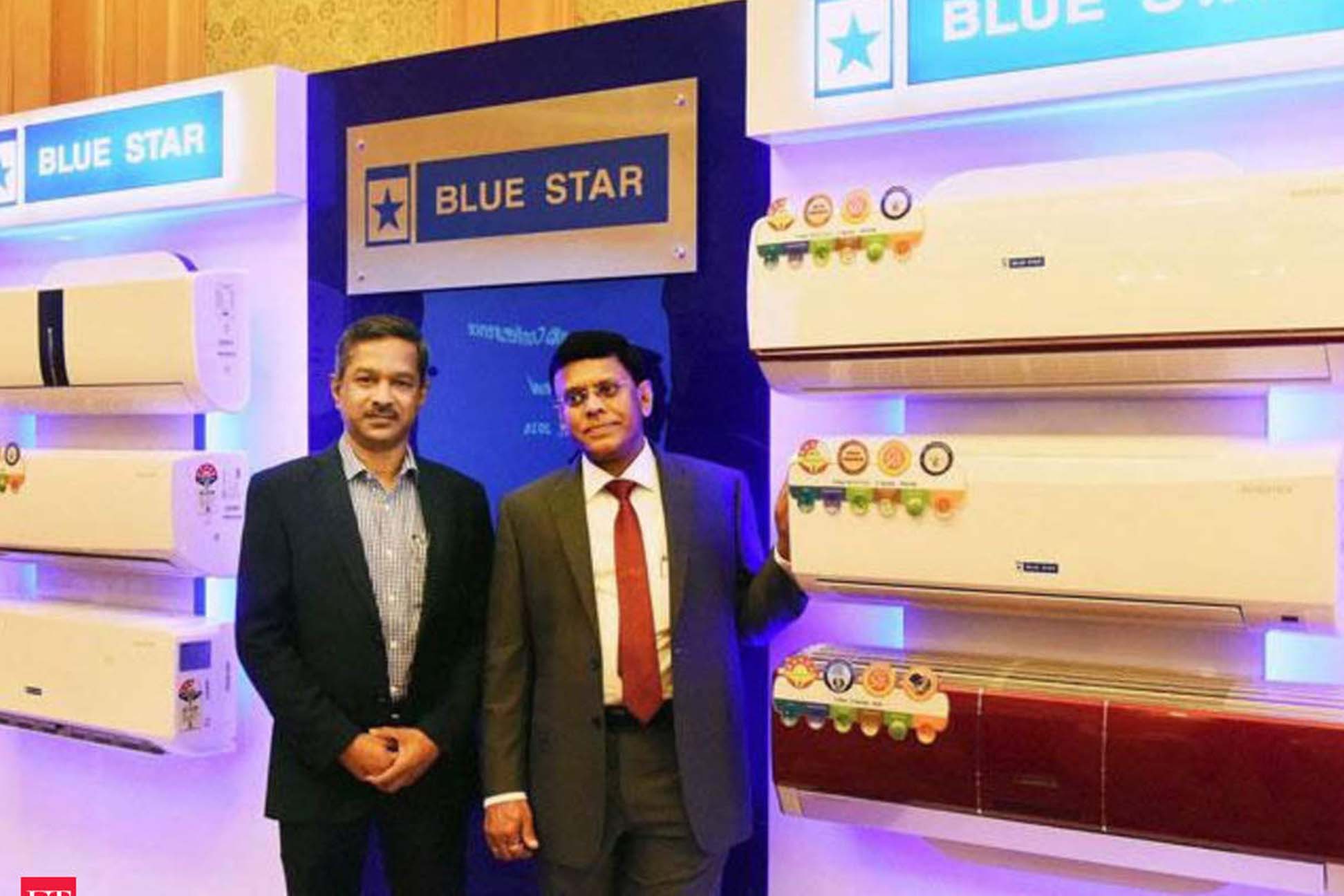Upcoming Exhibitions
| Dates | Exhibition | Location |
|---|---|---|
| 7th – 9th April, 2021 | China Refrigeration | Shanghai |
| 7th – 10th July, 2021 | HCAVR Vietnam | Ho Chi Minh City |
| 13th – 15th October, 2021 | Refrigeration and HVAC Indonesia | Jakarta |
| 28th – 30th October, 2021 | REFCOLD India | Greater Noida |
News
“Inverter ACs are the recent advancement in Air Conditioning Technology”
July, 2021
The New Informed World Consumer has inspired brands to transform Social Responsibility and Sustainability for future generations. In this new reality, Covid-19 global pandemic has witnessed a significant shift in consumer behaviour pushing the need for more sustainable and socially responsible brands. With the impetus of enhancing and endowing the lives of our numerous customers, Johnson Controls-Hitachi is committed towards providing product of the goodwill, leading technologies and maximum corporate value that we have garnered over the years. We constantly deliver innovation that improves lives and makes the world a better place. Hitachi has always believed in being sustainable and has adopted environment friendly practices in its operational DNA. Right from procurement to product development and composition to manufacturing practices, we have consciously made efforts to take sustainability to newer heights. Energy conservation is our core belief and therefore, we plan on going heavily in inverter technology to help consumers save electricity, money and environment. With Inverter Split AC models ranging between 5, 4 and 3-Star categories, almost as high as 80% of our entire split AC line-up is inverter based. As sustainability has become the new norm of the informed world, almost all of our room AC models are charged with environment-friendly Green refrigerant. We have mastered the art and science of air conditioning. The company has always strived to improve indoor air quality for its customers to help them live a healthy life.
ASHRAE Expert Talks on Future of Indoor Air Quality, Energy Control Post-Pandemic
November 2021
Two years ago, the sudden onset of the COVID-19 pandemic catapulted indoor air quality into the spotlight, launching HVAC terms like filters, air changes, IAQ, and UV from building and maintenance protocols to part of everyday life, news, and popular culture. Bahnfleth is a fellow of ASHRAE, the American Society of Mechanical Engineers, and the International Society for Indoor Air Quality and Climate. He served as president of ASHRAE in 2013-2014 and currently chairs the ASHRAE Epidemic Task Force. “We're now at a point where there's a lot of motivation to make some significant changes in how we control indoor air quality and call them ‘revolutionary’ changes. But I don't want to say revolutionary in the sense that we have to wait for a new generation of technologies,” Bahnfleth said. “The first thing we have to do is simply change our minds about what our goals are. Reconciling the goals that we have around IAQ and our environmental goals has always been a barrier, but it doesn't need to be. Raising the Minimum Standards COVID-19 has shown that current standards for acceptable indoor air quality are not sufficient, he said — evidenced by the fact that existing protocols were not enough to keep people safe without additional measures. Once the pandemic subsides, America shouldn’t go back to what was proven to be inadequate. “I believe there’s a strong case for raising the minimum,” Bahnfleth said. “It's time to really get serious about doing something and changing our definition of what's acceptable. And I think one part of this is changing from ‘health’ as preventing disease to ‘health’ as promoting wellness and taking on board some of the healthy building concepts that we were already discussing before.” The second part of this improved definition, he said, is resilience — not only with respect to airborne infectious disease, but also with disasters like wildfires, when outdoor air becomes completely unsuitable for ventilation
UNEP confirms support for World Refrigeration Day 2021
18th March, 2021
FRANCE: The UN Environment Programme’s (UNEP) OzonAction has affirmed its continued support for World Refrigeration Day (WRD) by again engaging as a main partner for this year’s event. UNEP has been involved in World Refrigeration Day since its launch in 2019, helping the WRD secretariat to promote this celebratory day for the refrigeration and air conditioning sector. OzonAction participated in the successfully WRD campaigns in 2019 and 2020, which addressed the importance of refrigerants and the cold chain, respectively. This year’s theme – Cooling Champions: Cool Careers for a Better World – aims to inspire students and young professionals in all countries, both women and men, to meet the challenges faced by their communities by pursuing careers in this vital sector. For this year’s campaign, OzonAction and the WRD Secretariat are joining with key international partners: ASHRAE, the European Partnership for Energy and the Environment (EPEE), Federation of Ibero-American Air Conditioning and Refrigeration Associations (FAIAR), International Institute of Refrigeration (IIR), the Indian Society of Heating, Refrigerating and Air Conditioning Engineers (ISHRAE), and the Union of Associations of African Actors in Refrigeration and Air Conditioning (U-3ARC). Through the WRD2021, UNEP OzonAction will cooperate with the campaign partners to shed light on areas, dimensions and opportunities that future refrigeration and air conditioning engineers, practitioners and experts need to consider for the industry to engage in a better society and sustainable communities. It is also hoped that the campaign will encourage more women and men to become interested in this sector – including its environmental protection dimension – as their professional career path.
€15m funding for refrigeration and AC research
12th March 2021
GERMANY: The German government is providing €15m to fund research into refrigeration and energy technology. The funding through the Chemnitz University of Technology, the Institute for Air and Refrigeration Technology Dresden and the Fraunhofer Institute for Solar Energy Systems will see new research into refrigerants and storage materials, including the development of chillers, heat pumps, dry coolers as well as heat and cold storage. The project is funded by Germany’s Federal Ministry of Education and Research from March 2021 to April 2025 with around €15m euros as part of the federal government’s 7th energy research programme. “Our goal is to set international standards for resource-saving refrigeration and energy technology through this promising project,” commented BMBF parliamentary state secretary Thomas Rachel. “We are addressing a mega-topic of the energy transition: around 50% of German final energy consumption is required for the supply of heating and cooling. In order to achieve our climate protection goals, we need solutions for an energy-efficient, climate-friendly and at the same time affordable and socially acceptable refrigeration supply. In the long term, the research platform has what it takes to become a national and international pacemaker,” he added. Described as an important part of the planned federal competence centre for refrigeration and air conditioning technology in Vogtland, Saxony’s state minister for science Sebastian Gemkow said: “The ambitious project in Reichenbach is not just about classic refrigeration technology. In the future, new processes in refrigeration and energy technology will be understood, developed and implemented there, for example in combination with artificial intelligence. This platform enables interdisciplinary research at a high level as well as the development of new academic learning and training methods.
Canada to host IIR International Congress of Refrigeration 2019
Date: 21st August, 2019
Montreal, Canada, will host this year’s IIR International Congress of Refrigeration between 24th-30th August (2019). The event will bring together engineers, technicians, and researchers from across the globe.Dr. Rob Lamb of Star refrigeration has been confirmed as a speaker at the event and will present papers alongside professors and academics.
The research papers will focus on the phase down of global warming causing refrigerants, and the opportunity this resents for natural refrigerant such as ammonia and carbon dioxide for small industrial refrigerant applications.
Lamb will discuss refrigerant and system selection and key criteria including safety, energy efficiency, cooling capacity and capital cost.
The sites concerned were acquired with the former Secop compressor business bought by Nidec in 2017.
“The IIR Congress is definitely a highlight for me and it is a great honour to be attending as a speaker on behalf of Star Refrigeration,” said Lamb.“A global gathering such as the International Congress of Refrigeration is crucial to help the industry grow together and join forces to overcome the many challenges which lie ahead.”
“Our experience using natural refrigerants has been positive, and research supports the idea that they are highly effective for a number of applications – so I would really like to get this message across to as many refrigeration professionals as possible.From the UK to Canada, nations need to work together and join forces to fight climate change and natural refrigerants can make a real difference.”
47th WorldSkills Competition invites 60 countries including India
Date: 21st August, 2019
The 47th WorldSkills Competition will be held in the French city Lyon in 2023, organisers of the programme said, ahead of this year's event which will see participation from 60 countries, including 48 competitors from India, from August 22 to August 27. Lyon will host the 47th WorldSkills Competition in 2023.
Young and aspiring refrigeration and air conditioning engineers from across the world take centre stage with the official opening of the 45th WorldSkills Competition in Kazan, Russia.
The biennial competition, taking place at the Kazan Expo International Exhibition Centre from 22-27 August 2019, brings together more than 1,300 young professionals from 63 countries and regions who will compete in 56 skills.
This year’s event sees 28 young people competing in the Refrigeration and Air Conditioning skills event. They will be tested on their skills through a series of stand alone modules. These tests include brazing, equipment knowledge, installation, commissioning and adjustment, fault finding and component replacement.
“The young people who have travelled to Kazan from all over the world have trained long and hard to show us skills at the very highest level and to seek the ultimate goal: to go home as WorldSkills champions,” said WorldSkills International CEO David Hoey. He also acknowledged the growth of the event: “WorldSkills now encompasses an astonishing two thirds of the world’s population and reaches into ever new regions.
“Our Members now come from every continent, with populations that range from more than one billion to just a few hundred thousand. Large and small, what they all understand is the power of skills to change lives and the vital importance of vocational training and education,” he added.
“For all the young women and men taking part, this event is an opportunity to show their considerable talents and years of training, but also to advance and learn from the global community of experts gathered here in Kazan,” commented WorldSkills president Simon Bartley.
Due to nascent cold chain, agri losses as high as $8-15 billion in India
Date: 17th August, 2019
Global food losses amounting to 25 to 50 per cent of production volumes, caloric content and/or market values depending on the commodity have been reported in recent times.
The cold chain is a well-known method for reducing food losses and food waste, and has long been promoted by established industry focussed organisations such as the International Institute of Refrigeration, the World Food Logistics Organization and the Global Cold Chain Alliance.
Cold chain involves the transportation of temperature-sensitive products along a supply chain through thermal and refrigerated packaging methods and logistic planning to protect the integrity of these shipments. There are several means in which cold chain products can be transported, including refrigerated trucks and railcars, refrigerated cargo ships as well as air cargo.
Cold chain is a science, a technology and a process. It is a science since it requires the understanding of chemical and biological processes linked with perishability. It is a technology since it relies on physical means to insure appropriate temperature conditions along the supply chain. It is a process since a series of tasks must be performed to prepare, store, transport and monitor temperature-sensitive products.
The use of cold storage systems to prevent perishable food losses is widely used in developed countries and can be highly cost-effective compared to continually increasing production to meet increasing demands for perishable foods. The use of cold technologies in the development of agricultural supply chains and horticultural products has began early in 1950s along with the growth of the mechanical refrigeration industry, but cold chains are still limited in most developing countries.
India is one of the largest producers and taking a lead in various agricultural products. But due to fledgling cold supply chain there is a heavy loss of food and other resources. These losses have been stated to be as high as US$8 to 15 billion per annum from the agriculture sector alone.
The use of cold chain does not solve all or fits all as some of the foods are highly perishable in nature. Nonetheless, uninterrupted cold chain can prevent to some extent by controlling parameters of temperature, humidity and atmospheric composition, and along with utilising proper handling procedures and cold chain service providers can increase the product life of fresh foods for days, weeks or even months. These monitors allow the products to hold their value longer and expand their market.
Thus, promoting and investments in cold chain can prevent the loss of foods after they have been produced, harvested, processed, packaged, stored and transported to markets.
Global Air Conditioning Market Will Reach USD 292.7 Billion By 2025: Zion Market Research
Date: 12th April, 2019
Zion Market Research has published a new report according to which, the global air conditioning market was valued USD 135.2 billion in 2018 and is expected to reach around USD 292.7 billion by 2025, at a CAGR approximately 11.7% for the forecast period from 2019 to 2025.
The global air conditioning market is likely to grow significantly in the upcoming years, due to improving economic conditions, rising per capita income, and increasing pollution levels.
Technological advancements witnessed in developing countries are also driving the air conditioning market globally. The rising level of air pollution is harming not only the environment but also the people living in that particular environment. Pollution is giving rise to fatigue and headaches, which are common symptoms caused by poor air quality. This is further propelling the global air conditioning system market. However, the high cost of air conditioning system may hinder this market’s growth. As air conditioning has become more of a necessity keeping aside the needs and wants, the challenge for air conditioning manufacturing companies will be to make air conditioning systems cheaper and more effective than before.
The demand for air conditioning in the residential sector will hold a substantial share, owing to the rising demand for air conditioning systems in household appliances and home air conditioning and urbanization. Technological advancements across various verticals and lucrative investments in the automobile sector are anticipated to further fuel the demand for ACs over the projected timeline.
Asia Pacific is anticipated to depict substantial growth over the forecast time period. The residential sector will hold a considerable percentage share of the region’s air conditioning market due to the rising product use in emerging economies like China and India. Chinese manufacturers will give strong competition to other air conditioning manufacturers in the region, owing to the lower priced systems as compared to other globally established brands. The commercial sector in the Asia Pacific region is anticipated to show substantial growth in the upcoming years, owing to the rising spending on infrastructural growth, educational institutes, retail chain stores, and healthcare buildings. Japanese manufacturers are investing in green light, HVAC, and BAS systems/technology to reduce carbon footprints and save energy.
EC clears Embraco deal but Nidec must sell refrigeration business
Date: 12th April, 2019
EUROPE: The acquisition of compressor manufacturer Embraco by Japanese company Nidec has been approved by the European Commission, but Nidec must sell its domestic and light commercial refrigeration compressor business.
The Commission opened an in-depth investigation into the proposed acquisition in November, concerned that the takeover announced in June of last year might reduce competition in the supply of refrigeration compressors.
Nidec decided to address the Commission’s competition concerns by proposing a set of commitments, including the sale of its refrigeration compressor business. This includes plants in Austria, Slovakia and China and removes the entire overlap between Nidec and Embraco in the markets where the Commission had identified competition concerns.
The sites concerned were acquired with the former Secop compressor business bought by Nidec in 2017.
Nidec also committed to make available to the purchaser of the divestment business significant funding for future investments in the facilities. This funding is dedicated to investments in production lines in Nidec’s plants in Austria and Slovakia.
The amount made available is equal to the capital expenditure that Nidec would have committed to the two plants without the transaction. The Commission considers that this will ensure the future viability and competitiveness of the Austrian and Slovak plants.
The Commission concluded that the proposed transaction, as modified by the commitments, would no longer raise competition concerns in the EEA and worldwide. The Commission’s decision is conditional on full compliance with the commitments.
Commissioner Margrethe Vestager, in charge of competition policy, said: “Most people have at least one refrigeration compressor at home, in a fridge or a freezer. They are also used in restaurants or shops, inside beverage coolers or ice cream cabinets. The conditions under which we have approved Nidec’s acquisition of Embraco ensure that effective competition will continue in this sector, so that industrial customers and final consumers will not be harmed due to higher prices or less choice. We have also worked to ensure the viability of the plants to be divested by Nidec.”
Today’s decision follows an in-depth review of the proposed transaction. This involves the acquisition by Nidec of Embraco, combining two leading global producers of refrigeration compressors used in household and light commercial appliances.
Embraco, based in Brazil, is active in the manufacture and sale of refrigeration compressors for refrigeration appliances. Embraco manufactures compressors in Slovakia, Brazil, Mexico and China. Embraco is owned and controlled by US company Whirlpool.
Air Conditioning Caused the Fire That Claimed Brazil’s National Museum
Date: 9th April, 2019
IN SEPTEMBER 2018, LOVERS OF history and museums around the world mourned the catastrophic fire that claimed Brazil’s National Museum, and the majority of its 20 million artifacts. The 200-year-old building was brimming with rare cultural treasures—from Brazilian funeral urns, to a northern Chilean mummy, to the largest lace bug collection in the world. After a long investigation, it’s been determined that a faulty air conditioning unit was responsible for sparking the blaze. “There were various pieces of evidence that allowed us to conclude that the [air conditioning unit] was the primary cause of the fire,” said electrical expert Marco Antonio Zatta at a news conference in Rio de Janeiro, according to the Associated Press.
Police and fire officials have been working with an ensemble of anthropologists, archaeologists, paleontologists, and more, both to determine how the fire got so out of control, and to recover as much as possible from the rubble. Three cooling systems, it was reported, were getting much stronger electrical currents than were appropriate based on the manufacturer’s recommendations, and they were sharing circuit breakers and grounding devices. Years of budget cuts also played a role. The museum, run by the Federal University of Rio de Janeiro, was in need of a range of safety updates. According to the investigation, performed by federal police and led by chief Ricardo Saadi, funding issues impacted the installation of fire protection devices such as hoses, water sprinklers, alarms, and fire doors. In fact, the Associated Press reports that the museum had only spent $4,000 on safety equipment between 2015 and 2017. This allowed the fire—which reached 1,832 degrees Fahrenheit in the museum’s auditorium—to spread much more rapidly than it otherwise might have.
In the end, most of the world’s largest collection of Latin American historical and cultural artifacts was lost, but about 2,000 objects have been recovered, and people have been trying to memorialize it in various ways. Immediately after the ashes cooled, rescuers recovered skull fragments of “Luzia,” the 11,500-year-old fossilized remains of a woman, some of the oldest known human remains ever found in the Americas. Indigenous Brazilian arrows, an antique Peruvian vase, and the five-ton Bendegó meteorite survived the inferno as well.
Subros Ltd to acquire Home AC Systems assets of Zamil Air Conditioners India Pvt Ltd
Date: 28th March, 2019
Subros Ltd, in line with its long term plan and strategic intent to expand business in Home AC domain, had initiated manufacturing and business development activities in this segment during past few years. To add product range of Indoor Unit, Outdoor Unit and Windo AC Units for realizing the growth potential faster, Subros Ltd has entered into a Memorandum of Understanding with Zamil Air Conditioners India Pvt Ltd (ZAMIL) to acquire ZAMIL's certain assets relating to manufacture of Home Air conditioning systems.
Subros Ltd is in the process to enter into definitive agreements in this regard. Through this initiative, Subros Ltd will create capacity of 500,000 units per year and also expand its supply of Home Air Conditioning units to various OEM's. The transaction is subject to customary closing events and is expected to be completed during April, 2019.
Consumers willing to pay Rs 12,500 more for energy efficient ACs: IIT Bombay research
Date: 27th March, 2019
Indian consumers are willing to pay up to Rs 12,500 more for air-conditioners that are energy efficient. According to research by Indian Institute of Technology (IIT) Bombay, consumers prefer air conditioners that have better star ratings even if they are more expensive.In 2006, the government initiated a system of adding ‘star labels’ on appliances that provide information on their energy efficiency. Initially voluntary, star labels are now mandatory for a few appliances like room air conditioners and frost-free refrigerators.
As per a report from the Ministry of Statistics and Program Implementation, households in India consume about 22 percent of electricity. Air conditioners, one of the most energy-intensive appliances, are increasingly becoming common and could impact electricity consumption in a big way.Star labels, ranging from one star (least energy efficient) to five stars (most energy efficient), are aimed at enabling customers to compare different products and make an informed choice.In this study, researchers from the Centre for Technology Alternatives for Rural Areas and Interdisciplinary Program in Climate Studies, IIT Bombay, led by professor Anand B Rao, used statistical tools to analyse what consumers preferred while choosing a 1.5-ton split air conditioner.The researchers analysed 1,184 observations from 148 individuals, as each respondent gave eight different preferences in hypothetical purchase situations. They estimated consumer preference for different attributes of ACs such as brand, air filter, noise level and star rating.
“This shows that due to the standards and labelling program, the adoption of energy efficient ACs is market-driven and may not require any further government intervention apart from strengthening the standards,” say the authors of the study.The IIT-B study also found that 70 percent of the people surveyed were aware of star labels and 48 percent believed higher star rated devices consume lesser electricity. Though customer preference varied with star rating levels, it was seen that 69 percent preferred an air conditioner rated 3-star over one with a 2-star rating, and 78 percent preferred a 5-star rated air conditioner over a 2-star rated one.In addition, 85 percent of the respondents preferred the presence of a star label on the ACs. Using statistical models, the study found that customers were willing to pay up to Rs 12,500 more for air conditioners with star labels, an amount significantly higher than what they would pay for the presence of a brand name (Rs 9,000)."
Also, 62 percent of the consumers were willing to pay for the increment in star rating level from 3 to 5. The study concluded that such investment would be economically beneficial if the household's monthly consumption of electricity is greater than 100 kWh, as the savings would be greater than the estimated cost incurred for more efficiency.Extending this study further, the researchers plan to explore the relationship of rating preferences with household income, education, and other attributes to help design targeted programmes for increasing energy efficiency.
India sets target to reduce refrigerant demand by 25-30% in next 20 years
Date: 8th March, 2019
NEW DELHI: With soaring temperatures set to fuel a major increase in the total refrigerant demand, India has set a target to reduce this demand by 25-30% in next 20 years, keeping 2017-18 as the base year.
The targets were announced by Union Minister for Environment, Forests and Climate Change, Dr Harsh Vardhan, as he released the country’s first ever India Cooling Action Plan (ICAP), here on Friday. It is also the first such action plan adopted to cut down the burgeoning demand for cooling, amidst concerns over climate change. Refrigeration and cooling cause 10% of global CO2 emissions.
According to the government projections, the building sector is expected to record the highest growth in cooling demand, which would be nearly 11 times keeping 2017-18 as base year. It could be followed by five times increase in cooling demand in transport air-conditioning and four times increase in demand in cold-chain and refrigeration sectors.This would also put pressure on the total primary energy (in form of electricity and oil products) which would be required for cooling. As per data, the requirement would grow by nearly 4.5 times in 2037-38 under the current scenario. The government aims to reduce this by up to 30%.
“Climate action is not a technical issue, but a moral issue for us. India is the first country in the world to have a nation-wide cooling action plan. After success of the LED movement, the world looks to India to succeed in the cooling plan as well," said the Minister.The plan provides a 20 year perspective to address the cooling requirements across various sectors and recommends ways to provide access to sustainable cooling and thermal comfort for people.Even though India has some of the lowest cooling access in the world, considering that only 8% of households have room air conditioners, studies show that this would rise to 40% in 2037-38. Despite the increase, a major population under economically weaker sections will not have access to active air conditioning, shows the government projections."
In wake of the challenge, the government has planned to achieve at least 30% reductions in cooling energy requirement by improving energy efficiency of room ACs and fans, better servicing and optimized operations in cold chains. It also plans to provide training to 1 lakh service technicians to ensure optimum usage of currently installed air conditions.Reduction of cooling load of building sector through fast tracked implementation of building energy codes, adoption of thermal comfort standards, enhancing consumer awareness through eco-labelling of cooling products, push towards public transport and faster adoption of hybrid and electric vehicles are other measures.The action plan also recommends use of climate appropriate and energy efficient building design for construction of houses for economically weaker sections (EWS) under government affordable housing schemes.A major plan to phase out of ozone depleting hydrochlorofluorocarbons (HCFC) is already underway, and under the second phase, the most common refrigerant - HCFC-22 would be phased out from six major room AC brands by 2022, stated the government report.An inter-ministerial Empowered Steering Committee approved by the Cabinet would oversee the implementation of the action plan. The Ozone Cell of the Ministry act as a Cooling Secretariat to co-ordinate actions with other ministries , as per officials.
Carrier announces new engineering development centre at Gurugram unit
Date: 15th October, 2018
Carrier, a company primarily known for its heating, air-conditioning and refrigeration products has open a new technology development centre at its Gurugram facility. The new centre will function as a laboratory and testing facilities to aid in the development of heating, ventilating and air conditioning (HVAC) products. Carrier is a part of UTC Climate, Controls & Security, a unit of UniteTechnologies Corp.
Arun Bhatia, Managing Director, India, UTC Climate, Controls & Security, said, “The new development centre will also allow our engineers to focus on products that meet or surpass regulatory requirements for energy efficiency while using lower global warming potential (GWP) refrigerants.
Carrier is fully supportive of ‘Make in India’ and the development centre will help us localize more energy-efficient products at our Gurgaon factory.”
Bluestar aims to be USD 1 bn plus company in 5 years
Date: 27th September, 2018
Air-conditioner and commercial refrigeration major Blue Star is looking to further consolidate its position in the room air-conditioning segment as it aims to be USD 1 billion plus company in the next five years, said a top company official. The home-grown Bluestar, which on Thursday turned 75 years old, is also bullish on its growth outlook in the overseas market. The company has plans to expand its size in the water purifier market.
"We have a goal that from five years from now, we as an 80-year old company should have a turnover of Rs 8,000 crore (USD 1.1 billion). That is our internal goal to be a billion dollar company by FY 2024," Bluestar Joint Managing Director B Thiagarajan told.
In FY 2017-18, the Mumbai-based company had registered a revenue of Rs 4,433.34 crore.
Bluestar is also in the process of fast indigenisation and backward integration.
"Massive focus in the next 2-3 years would be on the backward integration as the trade barriers would continue to bother us," Thiagarajan said.
Bluestar, which presently gets around Rs 600 crore from the international markets, has plans to increase the global contribution to around Rs 1,000 crore in the next three years.
On being asked about the government's decision to hike the basic customs duty (BCD) on compressors and AC units (fully imported), he said that this would impact the festive season sales.
"This would be passed on to the consumers, prices would go up. Moreover, disposable income is down because the hike in fuel prices... Therefore, I am of the opinion that festival season demand would be impacted," Thiagarajan said.
Established during World War II on September 27, 1943, by Mohan T Advani as a three-member team repairing and reconditioning air conditioners and refrigerators, Blue Star is a leading player in the AC and commercial refrigeration industry in India
Samsung India bets big on system air-conditioner business
Date: 21st September, 2018
Electronics major Samsung India is expecting further growth in the system AC HVAC (heating, ventilation and air-conditioning) business over the next two-three years, director (system AC) of the company Vipin Agrawal said here Friday.
The company has several products under the portfolio, including air-conditioners equipped with wind-free technology, largest capacity VRF (variable refrigerant flow) outdoor unit with 30HP, 14HP side-discharge VRF outdoor unit and slim 1-way cassette.
"The market size for these products is about $200 million. We are the fastest growing brands in the industry," Agrawal told reporters.
To a query, he said, "The company is growing three to four times more than the industry. The industry is growing at about 10-15 percent".
Samsung has been registering a fast-paced growth in the system AC business with major contribution from residential (10 percent), commercial (10%) and educational institutions (15%), he said.
Indian authorities commence cold chain project with Birmingham Energy Institute
Date: 20th September, 2018
Researchers from the University of Birmingham have commenced a partnership with the India-based Shakti Sustainable Energy Foundation focused on introducing more sustainable cooling to protect foodstocks in Haryana and Punjab.
The institution’s Birmingham Energy Institute is helping devise a programme to determine viable clean cold initiatives for the country’s food supply chain by looking at the types of technology and financing that may be required to tackle pressing issues affecting farmers.
Researchers from the University of Birmingham have commenced a partnership with the India-based Shakti Sustainable Energy Foundation focused on introducing more sustainable cooling to protect foodstocks in Haryana and Punjab.
The institution’s Birmingham Energy Institute is helping devise a programme to determine viable clean cold initiatives for the country’s food supply chain by looking at the types of technology and financing that may be required to tackle pressing issues affecting farmers.
India’s government has committed to try and double farmer income by 2022 with a focus on improved productivity, according to Birmingham Energy Institute. Cold chains that can reduce post-harvest loss and ensure less energy intensive and costly transportation and storage is one possible means of achieving this aim.
Shakti Sustainable Energy Foundation chief executive Krishan Dhawan said, “By 2022, India is expected to see massive capacity addition in pack-houses, refrigeration vehicles and ripening chambers. Cold chains are expected to proliferate rapidly in the next few years through a combination of market and policy driven efforts.”
Professor Toby Peters at the University of Birmingham said, “A seamless cold chain will reduce food loss to raise farmers’ income and give them bigger markets, whilst expanding their selling range. But at the same time, it must be clean and sustainable cooling – we must not replace a social crisis with an environmental catastrophe.”
India to reduce cooling energy demand by 25% by 2038
Date: 17th September, 2018
India has become the first country in the world to develop a draft blueprint outlining action plan to bring down cooling requirement and refrigerant demands across sectors by 20 per cent to 25 per cent by 2037-38 while slashing cooling energy requirements by 25 per cent to 40 per cent within the same period, said Union Environment Minister Dr Harsh Vardhan on World Ozone Day on Monday.
On the occasion at an event, he released the draft India Cooling Action Plan (ICAP) and a booklet on 'Montreal Protocol — India's Success Story'
He said that the Ministry has already undertaken an initiative for upskilling of 1,00,000 refrigeration and Air-Conditioning servicing technicians in collaboration
with the Ministry of Skill Development and Entrepreneurship (MSDE) under Pradhan Mantri Kaushal Vikas Yojana (PMKVY) — Skill India Mission.
India is the first country in the world to develop such a document (ICAP), which addresses cooling requirement across sectors and lists out actions which can help reduce the cooling demand.


